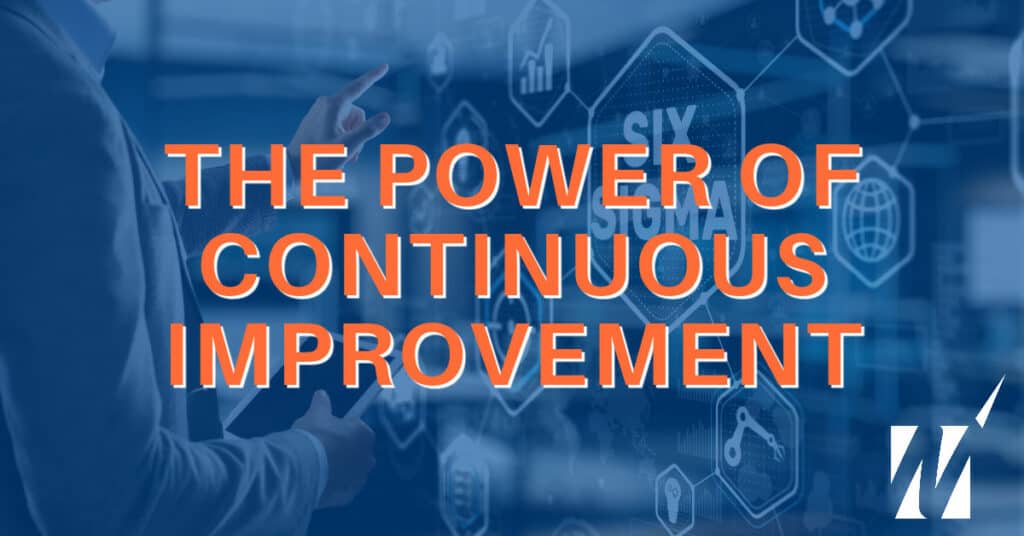Midsized businesses in America are getting left behind.
A Harvard Business Review study crunched thousands of data points on results of midsized businesses, defined as being in the middle 40% of all companies listed on the U.S. stock exchanges by market value. The top 30% and the bottom 30% are classified as big and small, respectively.
Their findings? In every successive decade since 1970–79, the annual growth rates of assets, sales, and profits have been declining for midsize companies, which are increasingly struggling to earn profits. Even in the decade 2010-2019, which has been labeled as a decade of economic recovery (with rising population, rising household income, rising educational attainment, rising GDP, and decreased interest rates), midsized organizations still showed declining growth rates over that 10-year period.
Since HBR’s article, businesses have endured additional years of post-COVID disruption, fallout, and ever-present pressures:
- Financial: inflation and tightening monetary policies from lenders and private equity owners;
- Supply chain: shortages force businesses to scramble just to get products out the door. Rapidly rising material costs forced companies to execute multiple price increases to customers, putting pressure on already stretched teams to manage customer feedback;
- Talent: return to work policies, labor disruptions, and an onslaught of new technologies create operational challenges.
Anyone who has owned or led teams in a midsized business knows the challenge of wearing many hats while shouldering the responsibility of delivering results. The central question becomes, “How do we fight the fires of today while figuring out how to stop the fires from happening?” Phrased another way: how do leaders of midsized businesses execute on the day-to-day challenges while still delivering on the growth plans that will fuel long-term success? With the limited resources inherent in a midsized company, is it possible to do both well at the same time?
Leader Growth = Business Growth
To stop the firefighting and start growing, leaders must commit to growing themselves as disciples of Lean principles. By developing their Continuous Improvement mindsets, and applying corresponding Lean and Growth Tools to all business systems, leaders will create breakthrough transformation and sustained value creation while delivering on the day-to-day demands of the business.
The Toyota Production System (more on that below), the continuous improvement mindset, and Lean and Growth Tools are widely available for anyone committed to learning them. However, a foundational block of TPS is investing in people – and it is highly recommended that learners find a seasoned coach who can provide guidance as you and your team work through the cycles of changes to “level up” your leadership capabilities and Lean competencies.
A Brief History of Toyota Production System
The precursor to Continuous Improvement and its corresponding Lean Tools was developed over decades (1940-1970s) by Toyota. Its original Toyota Production System (TPS) was an integrated management and technical system that comprised its leadership philosophy and practices.
The main objectives of TPS are to design out inefficiencies, inconsistencies, and to eliminate waste. This is achieved through the underlying principles of:
- Continuously solving root problems drives organizational learning
- Respect for people
- The right process will produce the right results
- Add value to the organization by adding value to people and partners
Once established inside Toyota, the company began sharing it with its supply base. Word spread and numerous large corporations across the globe have embraced the system since then. With Toyota’s blessing, many of its original practitioners have taught the system to other individuals and organizations – including the Danaher Corporation, where many NEXT LEVEL Partners,® LLC (NLP) Lean Practitioners learned and applied these systems to achieve extraordinary results. NLP has been helping midsized companies in a broad range of vertical markets apply these TPS tools and achieve accelerated results for nearly 20 years.
Proof of Concept
The following case studies highlight how business leaders committed themselves to leveling up their knowledge and learning new concepts, tools, and ways of driving sustained improvements. In partnering with NLP, these business leaders learned continuous improvement and Lean tools to make breakthrough growth and sustained value creation possible:
MANUFACTURING – A $15M revenue precision metal product manufacturer produced four product lines, and revenues had been flat to declining for at least five years, despite improved plant operations which reduced costs and improved customer service. The customer base was mature and limited new opportunities came into the business.
- Prior to the manufacturer’s work applying Lean principles:
- The company had stretched its resources across all four product areas, equally focusing its efforts on both undifferentiated and relatively unique products.
- The management team was mature, with an average of 20 years of tenure. The team had an entrenched culture of “we’ve always done it this way”.
- The team developed a new strategy that focused on only two of the four product lines: these product lines contributed twice the unit gross profit. The team learned strategy deployment and applied both Lean and Growth Tools to improve processes. New sales and marketing resources were added, and a strategic marketing plan was developed which led to new lead generation, new product packaging and pricing. After adopting these new methods, the precision metal manufacturer saw the following results:
- Sales revenues exploded with the targeted two customers for the two focused product lines. Focusing on the critical few paid off in significant profitable growth.
- The new sales and marketing resources and the new SDP tool energized the legacy team and created a growth mindset culture.
- Sales revenues grew 25% over the 3-year period with its top customer doubling sales in the first year.
- EBITDA growth exceeded revenue growth due to both the higher inherent margin of the product line and the additional operational productivity.
- The team learned to balance the day-to-day demands of the business while reserving time to work on breakthrough strategic initiatives.
HEALTHCARE – Every business owner will tell you resources are finite. This was true for a fertility care center that was unable to meet the demand for procedures due to laboratory capacity constraints.
- Prior to the lab’s work with NLP:
- It consumed more laboratory storage space if or when infectious disease testing was not completed before the procedure.
- And it had significant non-value added time spent managing patients:
- Searching for testing results and
- Rescheduling patients.
- After leveraging Lean Tools, the lab created a standardizing process for nursing and the laboratory to have all of the ID testing completed in advance and performed consistently. This resulted in:
- An additional $1 million annualized dollars of additional revenue through improved utilization of incubator capacity ($500,000 in realized EBITDA)
- Reduced costs and non-value added work = ~1 FTE or $105,000 per year.
Fuel Your Continuous Improvement
These are just two of the many case studies available from NLP to illustrate real gains made by midsized companies through continuous improvement. More can be found here.
Do you have big operational problems that need to be solved or want to change the way you think about how you do your work? Looking for accelerated business performance resulting in sustainable competitive advantages while growing revenue, profit, and cash flow? Reach out to NEXT LEVEL Partners today!



